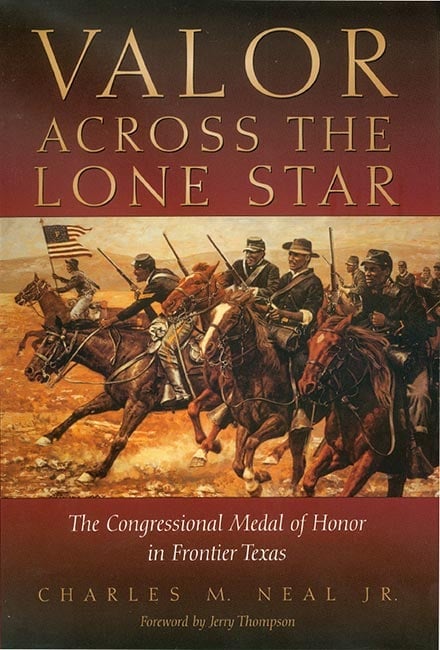During Radical Republican rule, Texas was lawless and chaotic. A number of studies, including one by the Committee on Lawlessness and Violence of the Constitutional Convention of 1868–69, indicated the need for a statewide organization with the ability to work in any jurisdiction. The committee stated in its first report that 939 murders had been committed between 1865 and 1868. Of these, 460 were by Whites against Whites, 373 were Whites murdering Blacks, 10 were Blacks killing Whites, and 57 were Blacks killing Blacks. A later report increased the total number of murders in the period to 1,035. These figures did not include all of Texas, however, since some counties did not file reports. Sheriffs' reports for 1865 to 1871 show 4,425 crimes with only 588 arrests and few convictions. This paucity of justice was caused by poor law enforcement, including the fact that only eighty-two counties had jails, many of which were easily escaped from. Although the resulting Police Act of July 1870 authorized a force of 257 men, the force never had as many as 200 members. The State Police were authorized to arrest offenders where local law officers failed to do so. Adjutant General James Davidson was appointed chief of the State Police but was paid no more than his men. The police came from all walks of life. They were Black, Hispanic, and White, and had fought as both Union and Confederate soldiers. Some were excellent lawmen, some were criminals. Most were Republicans. In December 1869 the force numbered 196 men; by January 1872 the total had dropped to 166; it rebounded to 184 in January 1873. In the first month the force made 978 arrests, 109 for murder and 130 for attempted murder. By 1872, arrests totaled 6,820—587 for murder, 760 for attempted murder, and 1,748 for other felonies. The value of recovered stolen property was $200,000. The largest number of arrests in any one year was 3,602 in 1871.
Despite the general success of the State Police, the fact that the force employed Blacks and was controlled by Governor Edmund J. Davis made it unpopular. Some members of the force certainly deserved criticism. Capt. Jack Helm, for instance, was accused of murdering prisoners; he was discharged, and a warrant was issued for his arrest. Others committed crimes for which the charges were dropped as soon as headquarters was advised. Davidson embezzled $37,000 and disappeared, though his crime cannot be blamed on the police. On April 22, 1873, the law authorizing the State Police was repealed. Former policeman Leander H. McNelly and at least thirty-six other State Police members became Texas Rangers. Although in older studies the State Police have been described as politically oriented and corrupt, available evidence does not substantiate the charge. More recent studies claim that earlier Texas historians of Reconstruction allowed bias against Republican organizations to influence their work.
Is history important to you?
We need your support because we are a non-profit that relies upon contributions from our community in order to record and preserve the history of our state. Every dollar helps.
Ann Patton Baenziger, "The Texas State Police during Reconstruction: A Reexamination," Southwestern Historical Quarterly 72 (April 1969). William T. Field, Jr., "The Texas State Police, 1870–1873," Texas Military History 5 (Fall 1965).
The following, adapted from the Chicago Manual of Style, 15th edition, is the preferred citation for this entry.
John G. Johnson, “State Police,” Handbook of Texas Online, accessed April 24, 2024, https://www.tshaonline.org/handbook/entries/state-police.
Published by the Texas State Historical Association.
TID: JLS02
-
Original Publication Date:
-
1952
-
Most Recent Revision Date:
-
February 10, 2021




